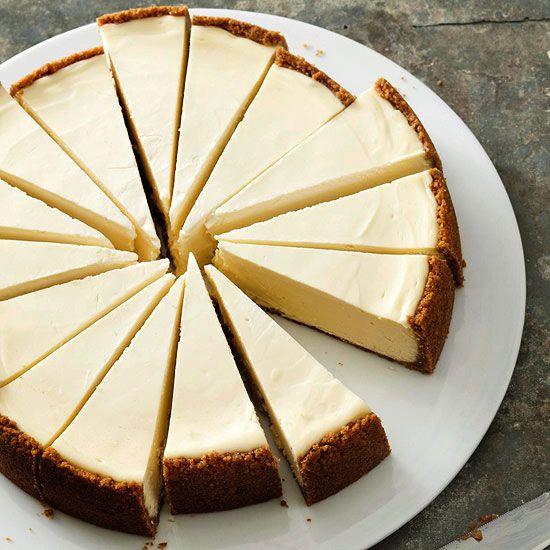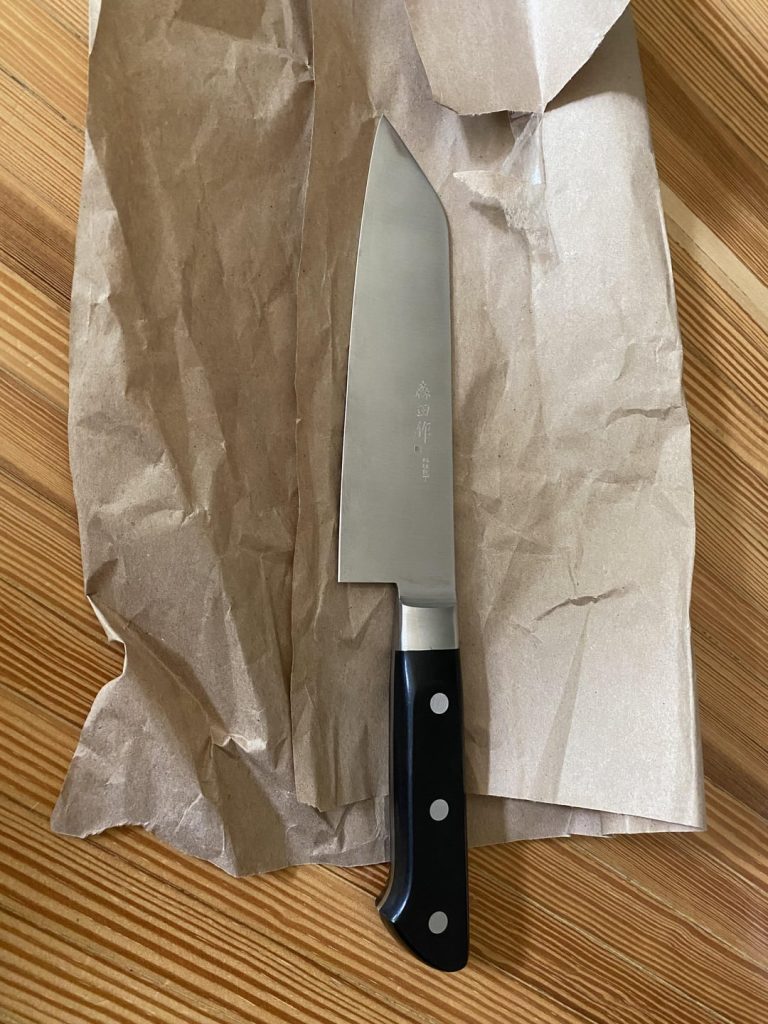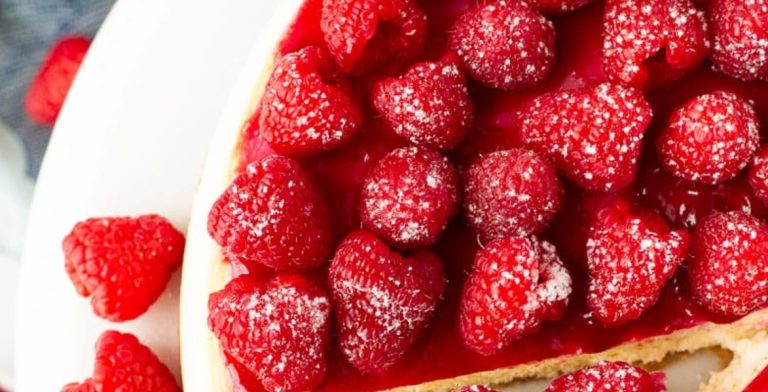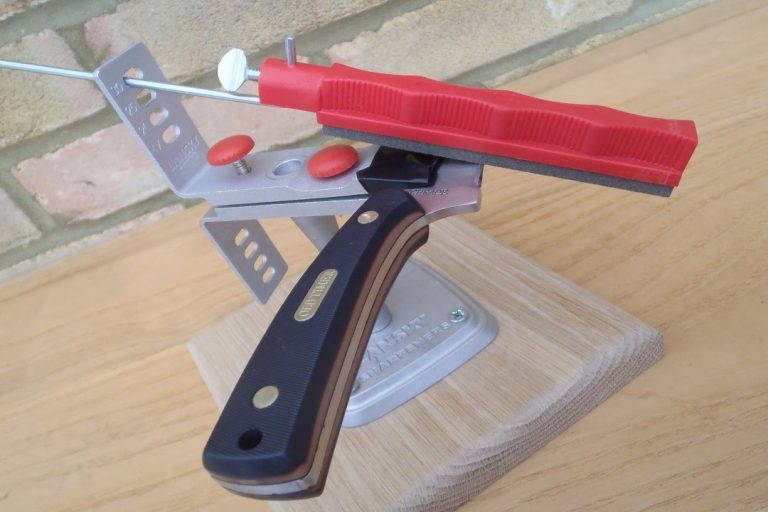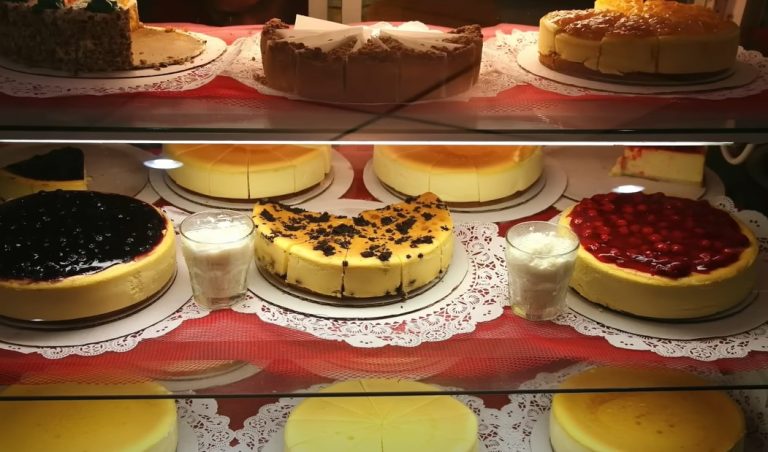How Long Can a Cheesecake Sit Out? Find the Safe Limit
How long can a cheesecake sit out? A cheesecake can sit out at room temperature for no more than 2 hours. After that, harmful bacteria can grow, making it unsafe to eat. Always refrigerate cheesecake promptly to maintain freshness and prevent foodborne illness.
But then a question pops up in your mind—how long can that cheesecake actually sit out before it becomes more of a risk than a treat? You want to ensure that every slice is safe for your guests without losing its delightful taste and texture.
You’ll discover essential tips on how to handle your cheesecake with care, keeping it both delicious and safe. Stick around to learn how to avoid the common pitfalls and ensure your cheesecake remains the star of the show. Your guests will thank you, and you’ll feel confident in your hosting skills.
How Long Can a Cheesecake Sit Out?
Room Temperature Effects
Cheesecake should not sit out for more than two hours at room temperature. Bacteria grow quickly in dairy products, making it unsafe to consume. To ensure freshness and safety, refrigerate it promptly.
Room temperature can have a surprising effect on cheesecake, impacting both its texture and safety. You might think it’s okay to leave a cheesecake out for a bit, but doing so can alter its creamy consistency and make it a playground for bacteria. If you’ve ever indulged in a slice that’s been sitting on the counter, you know the gamble of risking flavor and freshness. Let’s dive into how room temperature affects your cheesecake and what you can do to keep it deliciously safe.
The Science Behind Cheesecake Spoilage
Cheesecakes are rich in dairy, which is susceptible to bacterial growth. When left out at room temperature, bacteria multiply quickly. This can lead to spoilage and potential foodborne illness.
Even if your cheesecake looks fine, it might be harboring unwanted guests. This is especially true if it’s been sitting out for more than two hours.
Texture Transformation
Leaving cheesecake out can change its texture dramatically. The creamy, smooth filling can become dry and crumbly.
Have you ever noticed how the edges harden while the center stays soft? That’s the room temperature working its magic—or mischief—on your dessert.
Flavor Alteration
Room temperature can also affect the flavor profile of cheesecake. As the cake sits out, the flavors can become muted.
A fresh cheesecake has a delightful balance of sweetness and tanginess. But after a few hours, it might taste bland and less appetizing.
Practical Tips To Preserve Freshness
To keep your cheesecake fresh, store it properly. Refrigerate it as soon as possible after serving.
Consider slicing only what you intend to eat, leaving the rest untouched in the fridge. This way, you’ll enjoy the optimal flavor and texture.
Ask Yourself: Is It Worth The Risk?
Would you eat a cheesecake that’s been sitting out for hours? Think about how much you value taste and health.
Is that slice really worth the risk of spoilage or illness? Sometimes, a little patience in refrigeration can lead to better rewards.

Credit: www.pinterest.com
Factors Influencing Cheesecake Shelf Life
Cheesecake shelf life depends on temperature, ingredients, and storage. Left out, it lasts about 2 hours. Warm temperatures can spoil it quickly, while refrigeration extends its freshness.
Factors influencing cheesecake shelf life are crucial for food safety. Understanding these factors helps in maintaining cheesecake’s freshness and taste. Several elements play a role in how long cheesecake can sit out. Let’s explore these factors to ensure your cheesecake stays delicious and safe to eat.
Ingredients Used
The ingredients impact how long cheesecake can remain unrefrigerated. Fresh dairy products spoil faster. Eggs, cream cheese, and milk require refrigeration. Using high-quality ingredients extends the shelf life slightly. Preservatives in store-bought cheesecakes can also make a difference.
Room Temperature
Room temperature significantly affects cheesecake’s safety. Warm temperatures encourage bacterial growth. Keep cheesecake in a cooler environment. Ideally, maintain a temperature below 70°F (21°C). Higher temperatures lead to faster spoilage.
Storage Method
Proper storage methods are vital for cheesecake longevity. Use airtight containers for storing cheesecake. It prevents exposure to air and moisture. Wrapping cheesecake tightly in plastic wrap also helps. Limit exposure to elements that cause spoilage.
Type Of Cheesecake
Different types of cheesecake have varied shelf lives. Baked cheesecakes last longer than no-bake versions. No-bake cheesecakes contain more perishable ingredients. Flavored cheesecakes with fruits or toppings spoil quicker. Know the type to determine how long it can sit out.
Time Left Unrefrigerated
The time cheesecake sits unrefrigerated is crucial. Limit it to two hours at room temperature. Longer periods increase the risk of spoilage. Always refrigerate promptly to ensure safety. Keeping cheesecake out longer is not recommended.
Understanding these factors ensures your cheesecake remains delicious and safe. Keep these elements in mind for best results.
Signs Of Spoiled Cheesecake
Cheesecake is a delicious dessert enjoyed by many. Its creamy texture and rich flavor make it a favorite. But how do you know if it’s gone bad? There are clear signs of a spoiled cheesecake. Recognizing these signs is crucial for your health. Let’s dive into how to spot a cheesecake that has spoiled.
Appearance Changes
The cheesecake may look different. Watch for any mold on the surface. Discoloration is another red flag. A fresh cheesecake should look creamy and even. If it appears dull or has spots, it might be spoiled.
Unpleasant Smell
A fresh cheesecake smells sweet and inviting. If it smells sour or off, it’s no longer safe. Trust your nose. An unusual smell is a strong sign of spoilage.
Texture Alterations
The texture of cheesecake should be smooth. A grainy or slimy texture means it is past its prime. Touching it may feel different. It’s a sign you should avoid eating it.
Off Taste
Taste is a final check. Spoiled cheesecake will taste sour or bitter. A fresh one is rich and creamy. If it tastes off, stop eating immediately.
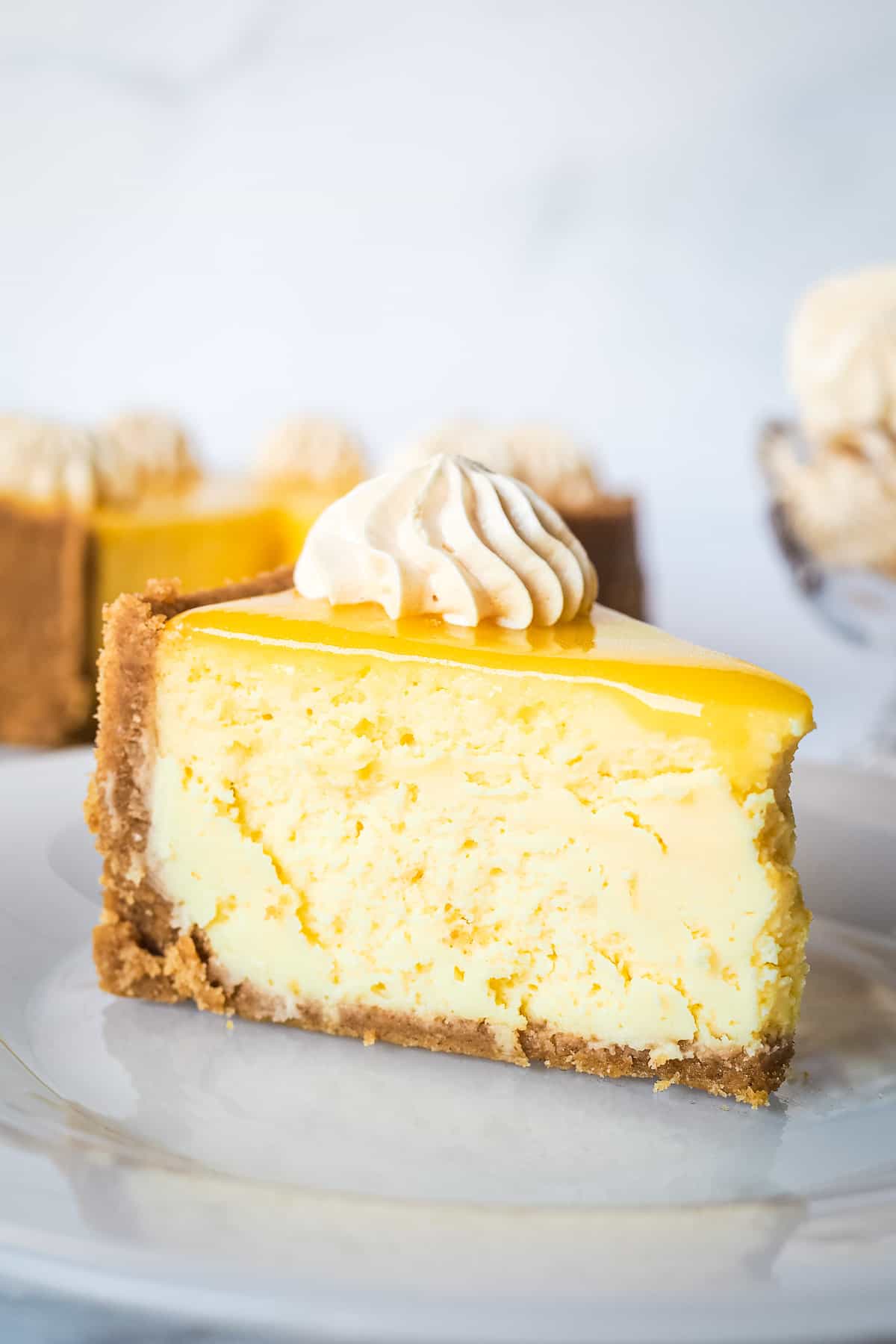
Credit: decoratedtreats.com
Proper Storage Techniques
Cheesecakes are a delightful treat, but they require careful handling to maintain their creamy, delicious texture. Proper storage techniques are crucial to avoid spoilage and ensure that your cheesecake remains fresh and safe to eat. Let’s dive into how you can store your cheesecake effectively to keep it mouth-watering.
Refrigeration Is Key
Cheesecakes need to be refrigerated. Leaving them out for too long can lead to spoilage. After serving, place your cheesecake in the fridge within two hours. Use airtight containers or wrap them in plastic wrap to prevent them from absorbing odors.
Use The Right Containers
Invest in quality airtight containers. This prevents exposure to air and keeps your cheesecake from drying out. If you don’t have a container handy, aluminum foil can be a great alternative. It’s crucial to cover the entire cake to keep it fresh.
Avoid Temperature Fluctuations
Consistency is your friend. Store your cheesecake at a stable temperature in the fridge. Avoid placing it near the door where temperatures fluctuate. Think about where you store it—do you have a designated spot where temperature remains constant?
Freezing For Long-term Storage
Freezing is great for keeping cheesecakes fresh for months. Wrap each slice individually in plastic wrap, then foil, before placing them in a freezer-safe bag. Do you have a favorite cheesecake flavor that you like to freeze for later?
Thawing With Care
Thawing requires patience. Move your frozen cheesecake from the freezer to the fridge a day before you plan to eat it. This gradual thawing helps maintain its texture. Have you ever been tempted to eat a cheesecake straight from the freezer?
By following these storage techniques, you can enjoy your cheesecake for longer periods without compromising its quality. Remember, the way you store your cheesecake can make a huge difference in your dessert experience. Are you ready to give your cheesecake the care it deserves?
Safety Tips For Serving Cheesecake
Cheesecake can safely sit out for about two hours at room temperature. Beyond this, it risks spoilage. Refrigerate promptly to maintain its creamy texture and prevent bacteria growth.
When it comes to serving cheesecake, safety is key. Nobody wants their delightful dessert to become a source of worry. Whether you’re hosting a dinner party or enjoying a slice solo, knowing how to handle and serve cheesecake safely is essential. Remember, it’s more than just about taste; it’s about ensuring your cheesecake is safe for everyone to enjoy.
Refrigeration Is Your Best Friend
Cheesecake should not sit out for more than two hours. After that, it becomes a breeding ground for bacteria. Always store your cheesecake in the refrigerator when you’re not serving it.
Room Temperature Limitations
If you’re planning to serve cheesecake at a gathering, think about the timing. Cheesecake can safely sit out for up to two hours. After that, it needs to be refrigerated again to prevent bacterial growth.
Use A Cooling Pack For Outdoor Events
Serving cheesecake outside? Keep it cool with ice packs or a cooler. This not only maintains its texture but also keeps it safe to eat.
Avoid Cross-contamination
Use clean utensils when serving cheesecake. This prevents transferring bacteria from other foods. It’s a simple step that can make a big difference in food safety.
Consider Individual Portions
Cutting cheesecake into individual portions before serving can be helpful. It reduces handling and keeps the rest of the cheesecake undisturbed and safe. Plus, it’s a fun way to serve dessert!
Trust Your Senses
If cheesecake looks or smells off, don’t serve it. Trusting your senses can prevent foodborne illness. Always err on the side of caution with dairy-based desserts.
Educate Your Guests
It’s okay to inform your guests about proper cheesecake storage. It shows you care about their well-being. Plus, it might be a helpful tip for them in the future.
Remember, serving cheesecake safely is about more than following rules; it’s about creating a delightful experience for everyone. What steps will you take to ensure your next cheesecake serving is both delicious and safe?
:max_bytes(150000):strip_icc()/ar-philadelphia-cream-cheese-philadelphia-4x3-052c4a6d0e574abd909f675c8454eb61.jpg)
Credit: www.allrecipes.com
Frequently Asked Questions
How Long Does It Take For Cheesecake To Go Bad Unrefrigerated?
Cheesecake goes bad after 2 hours unrefrigerated. Bacteria grow quickly at room temperature, risking spoilage and health issues. Always keep cheesecake refrigerated to maintain freshness and safety.
Can You Eat Cheesecake That Was Left Out All Night?
It’s unsafe to eat cheesecake left out overnight. Bacteria can grow, causing potential food poisoning. Refrigerate cheesecake within two hours of serving to ensure safety. Proper storage maintains freshness and prevents health risks. Always prioritize food safety for a healthy eating experience.
How Long Can Cheesecake Sit Out After Baking Reddit?
Cheesecake can sit out for up to 2 hours at room temperature. Beyond that, it should be refrigerated to prevent spoilage and ensure safety. Always store cheesecake in the fridge to maintain its texture and freshness.
Conclusion
Cheesecake is delicious but needs care. Leaving it out too long spoils it. Keep it fresh and safe. Refrigerate promptly after serving. Ideal timing is two hours outside the fridge. Longer exposure invites bacteria. This affects taste and health. Keep storage tips in mind.
Enjoy your cheesecake worry-free. Serve, savor, and store wisely. This ensures everyone enjoys your treat safely. Remember, freshness matters. Follow these guidelines to keep your cheesecake delightful. Your guests will thank you. Safe storage preserves flavor and texture. Happy eating!
Related Recipes

